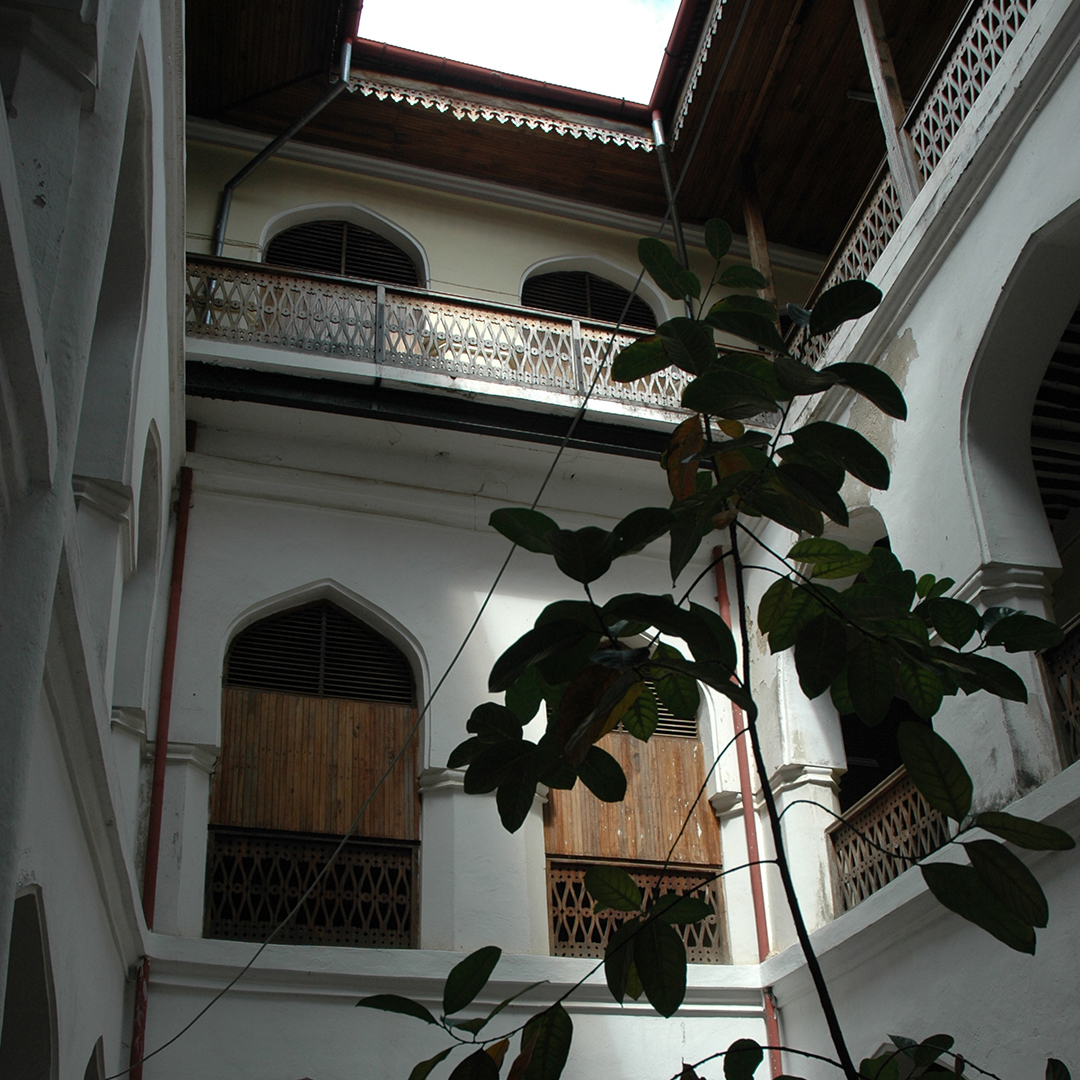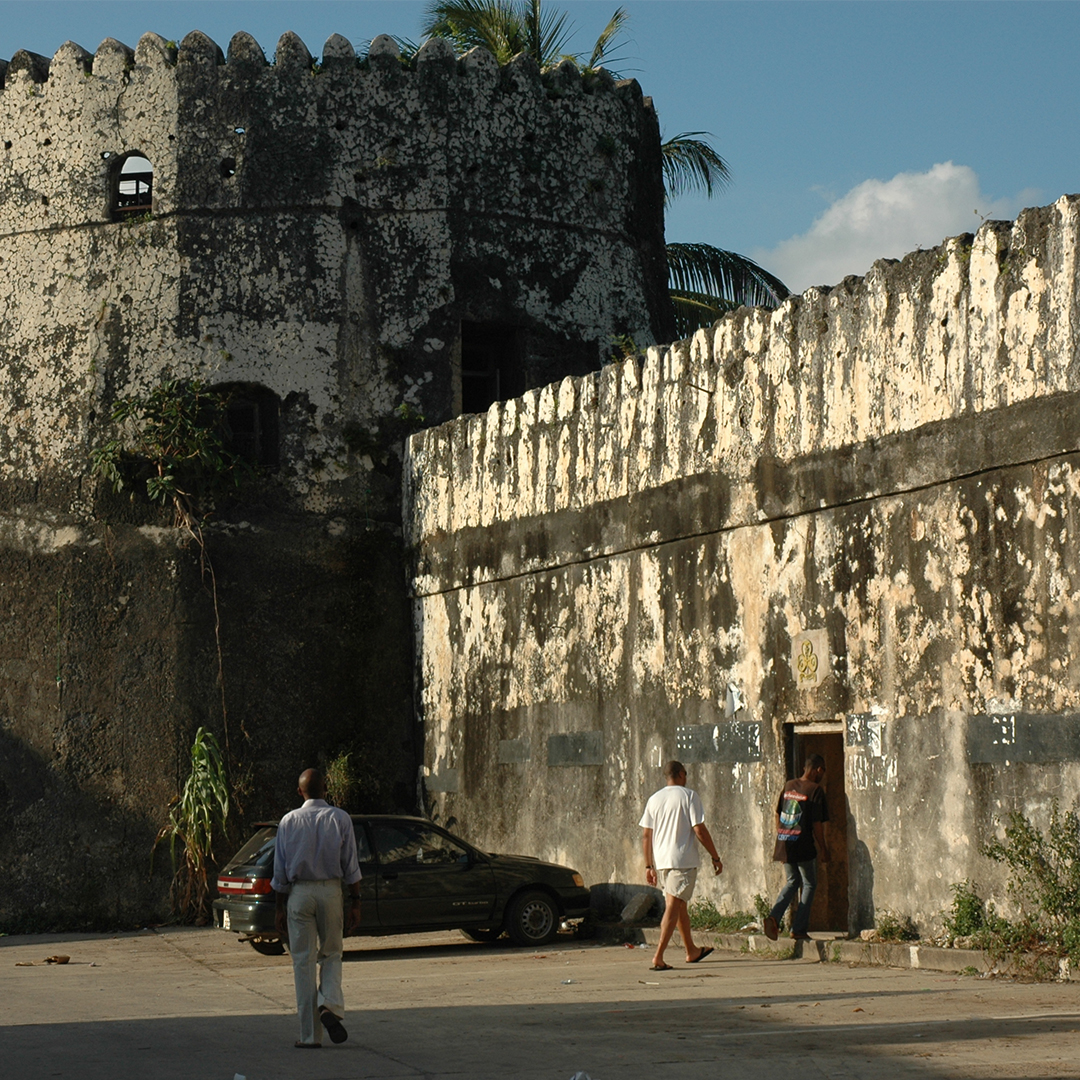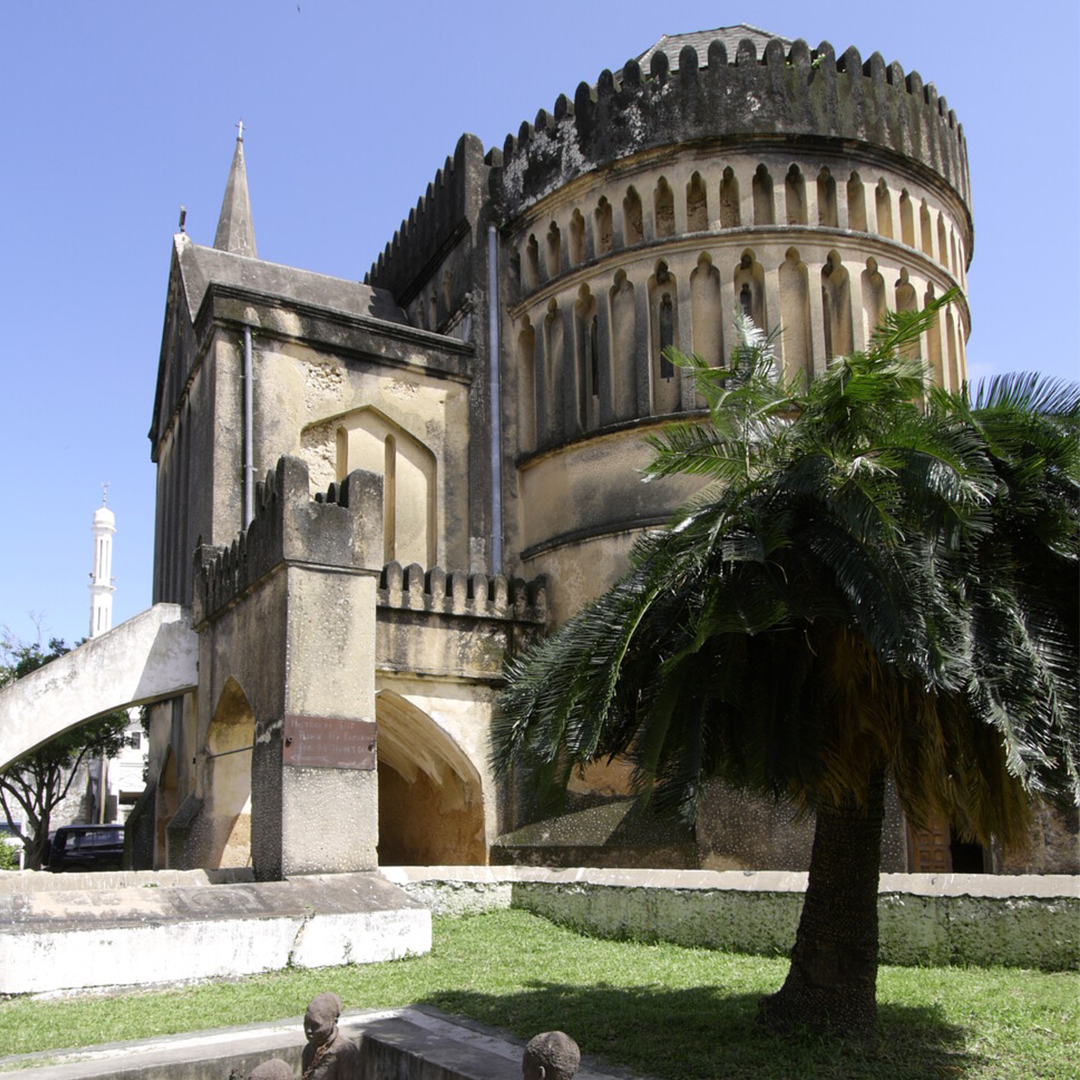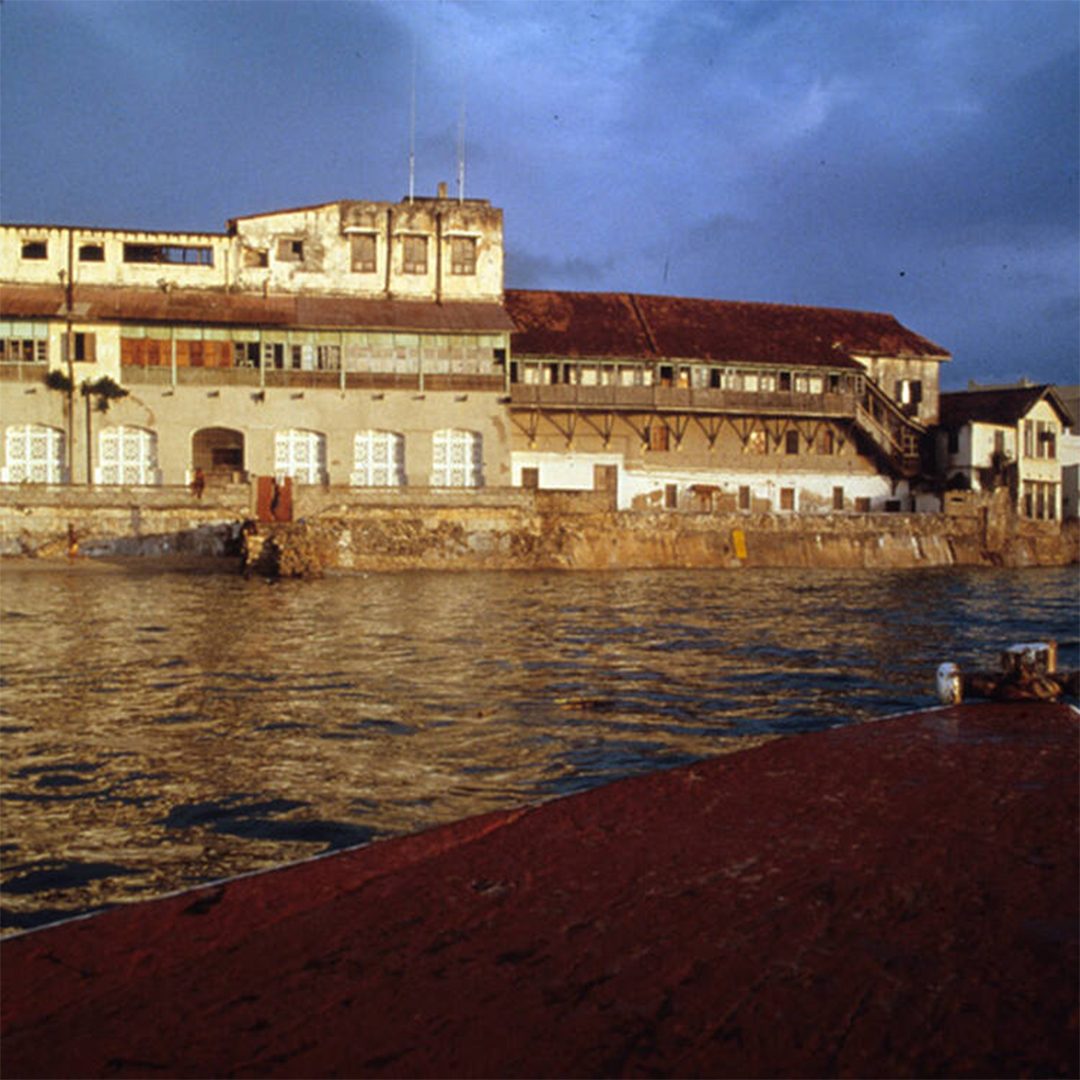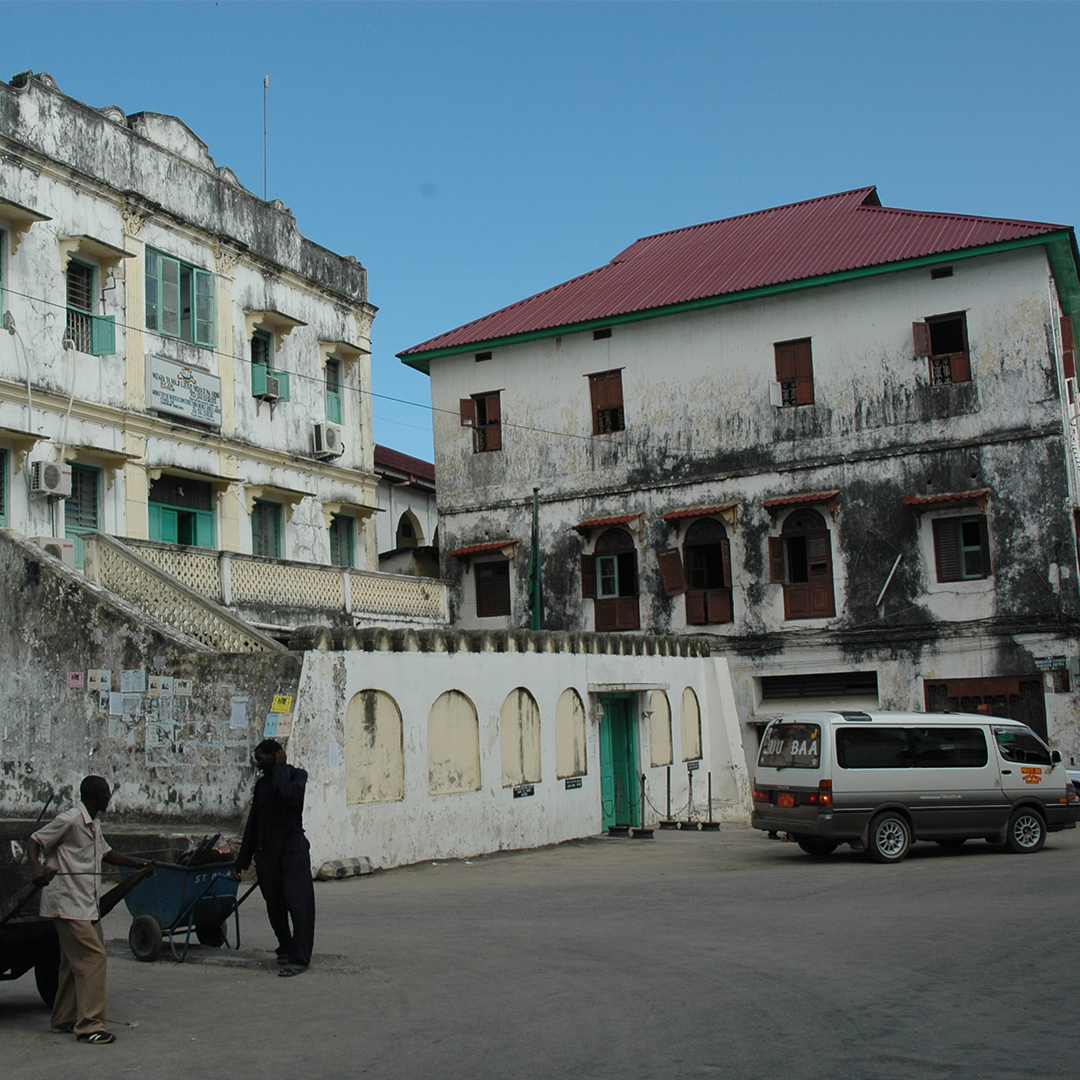Zanzibar’s Stone Town: A Living Tapestry of History and Culture
Nestled along the pristine shores of the Indian Ocean, Zanzibar’s Stone Town stands as a captivating fusion of history and culture. This ancient and vibrant town, often regarded as the cultural heart of Zanzibar, invites travelers to embark on a journey through time. Here, we unveil the allure of Stone Town, a UNESCO World Heritage Site that continues to enchant visitors from around the world.
UNESCO World Heritage Site:
Stone Town was designated a UNESCO World Heritage Site in 2000. This recognition underscores its historical and architectural significance as a living testament to the diverse cultures that have shaped it over the centuries.
Architectural Splendor:
The narrow, labyrinthine streets of Stone Town are adorned with a stunning array of architectural styles, including Swahili, Arab, Persian, Indian, and European influences. Its coral stone buildings, intricately carved wooden doors, and shaded balconies are a visual feast for history and architecture enthusiasts.
Cultural Crossroads:
Stone Town has been a melting pot of cultures for centuries, serving as a pivotal trading center for goods, spices, and ideas. Its rich tapestry of cultures is reflected in its cuisine, language, and the warm hospitality of its residents.
The House of Wonders:
One of Stone Town’s most iconic landmarks is the House of Wonders (Beit-al-Ajaib), an opulent palace that once served as the ceremonial palace of the Sultan of Zanzibar. Today, it houses a museum that offers a glimpse into the island’s history.
Spice Markets:
Zanzibar’s reputation as the “Spice Island” is celebrated in Stone Town’s bustling spice markets. Visitors can explore the intoxicating aromas and flavors of cloves, vanilla, cinnamon, and other spices that have been traded here for centuries.
Historical Significance:
Stone Town played a significant role in the East African slave trade, with remnants of the slave market still visible today. The Anglican Cathedral, built on the site of the former market, stands as a poignant memorial to the victims of this dark period.
Sultan’s Palace:
The Sultan’s Palace (Beit el-Sahel) offers a glimpse into the opulent lifestyle of the Zanzibari rulers. Its richly decorated rooms and exhibitions showcase the island’s royal history.
Lively Markets:
The town’s vibrant markets offer a treasure trove of local crafts, textiles, jewelry, and vibrant street food. Bargaining is a lively tradition here, and visitors can immerse themselves in the bustling market culture.
Serenity by the Sea:
Stone Town’s waterfront promenade, Forodhani Gardens, provides a tranquil escape along the Indian Ocean. In the evenings, it transforms into a lively food market where visitors can savor local seafood delicacies.
A Living Heritage:
While Stone Town is steeped in history, it remains a thriving, living town with a rich cultural life. Its festivals, music, and arts reflect the dynamism of its residents.
Stone Town is more than just a historical relic; it’s a living, breathing testament to the enduring legacy of Zanzibar’s diverse heritage. It’s a place where the past seamlessly mingles with the present, offering visitors a chance to explore its rich history, savor its aromatic spices, and experience the warmth of its people. A journey to Stone Town is an enchanting voyage into the heart and soul of Zanzibar.
